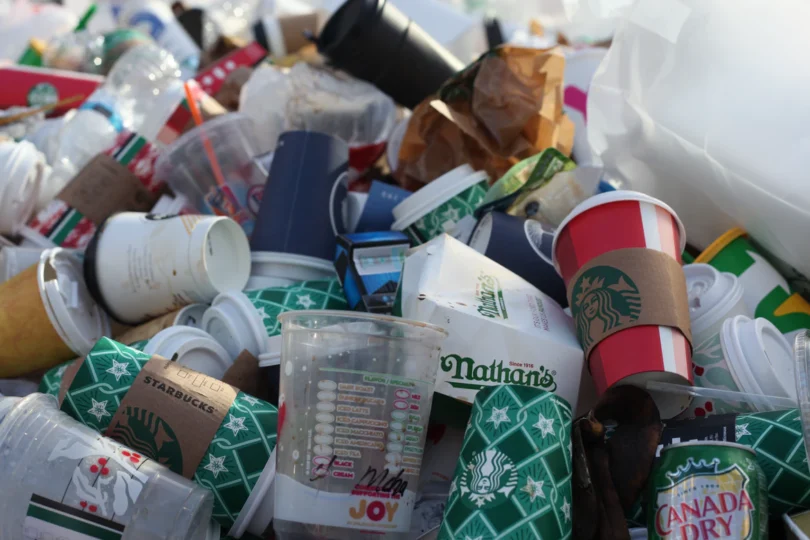Hiking is an excellent physical activity for those who like to explore the outdoors and experience what it’s like to be in nature.
However, one of the most common issues with people creating trails in the wild is waste. Hiking takes a lot of preparation and packing, so it isn’t surprising that many hikers tend to have a lot of waste in their packs by the time they’re done with the hike.
Here are some simple ways you can minimize waste while still enjoying the beauty of nature.
Plan It Out
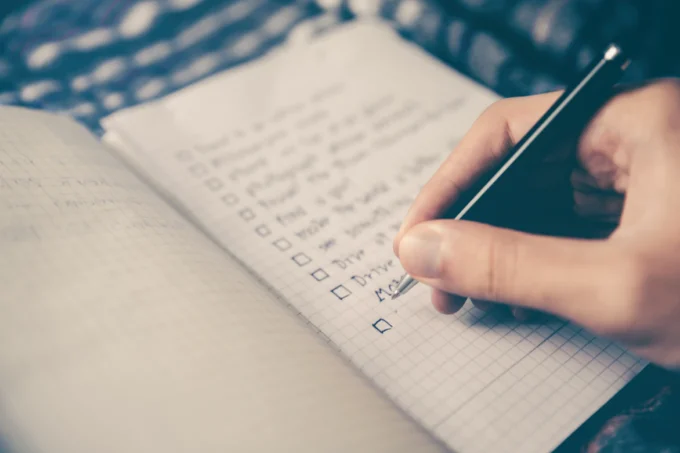
Source: unsplash.com
First and most importantly, you have to plan out your hike. Doing so will not only keep you prepared for what to expect but will also help you map out what essentials you need to bring.
Your pack will be lighter, and you’re also less likely to generate waste if you bring only what you need. Everything you bring, from food to emergency items, are influenced by certain factors such as:
- Weather
- Trail Intensity
- Time of Year
- Location
- Experience
Make sure you only take items that will benefit you or serve a contingent purpose.
Make and Bring Your Own Food
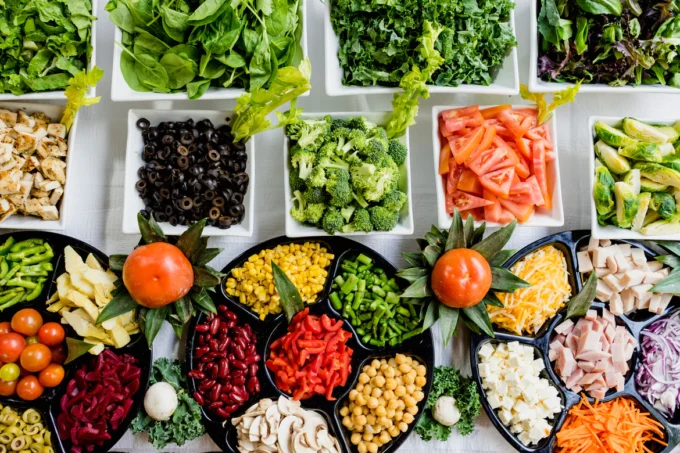
Source: unsplash.com
Eating enough is incredibly important when doing a demanding physical activity like hiking. Keeping your body nourished and energized throughout the day will help you stay more alert and create better memories.
But food is also one of the biggest culprits when it comes to waste generation on hikes. It’s tempting to just buy a few packs of pre-packaged food and toss them into your hiking bag.
However, while this is convenient, it’s not exactly the most environmentally friendly method.
Meals
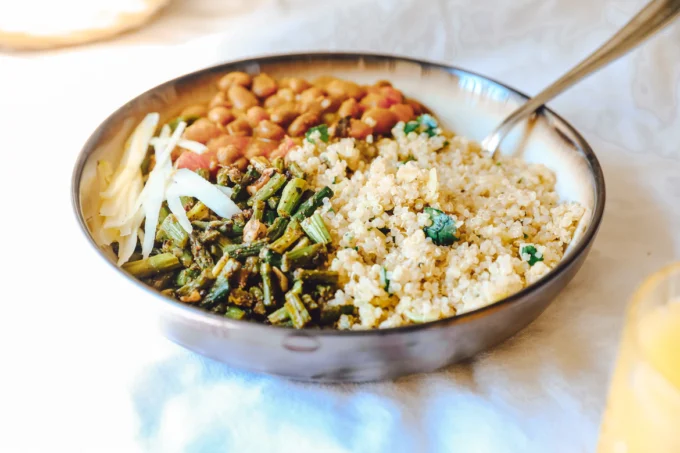
Source: unsplash.com
If possible, try to make your own meals at home and just take those with you on hikes. It’s not only more eco-friendly, but it is also much cheaper! But most recipes will require using dehydrated ingredients, so that is one thing to consider.
If you regularly go on hikes, it might be worth it to get your own food dehydrator. You could also ask a friend if you can borrow theirs if you feel like buying one isn’t the right fit for you.
Dehydration will keep the moisture out of your food and will make them last for the entire duration of your hike. Note that you will have to rehydrate any type of dehydrated goods by cooking them again.
Snacks
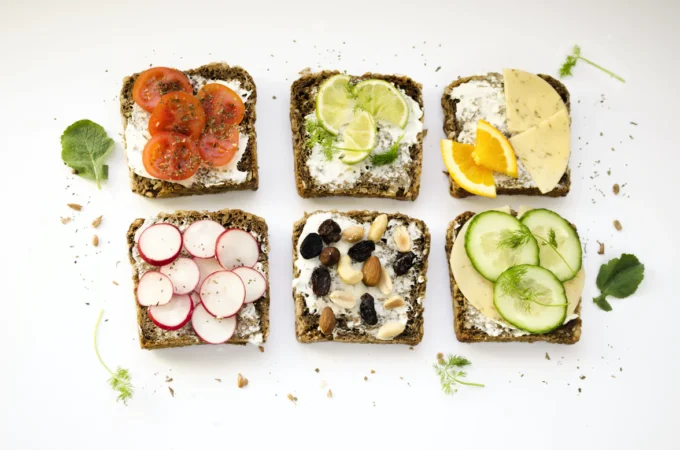
Source: unsplash.com
Snacking during your hike is another way of keeping yourself energized and ready to see new sights. Plus, they’re much easier to prepare than full-on meals.
Even if you eat a lot during main meals, it’s still fun to snack or munch on something whenever you’re hiking.
Fortunately, it’s pretty easy to prepare your own snacks from home! It’s even better if you can source ingredients from your local bulk or zero-waste store. There’s little point in bringing zero waste snacks when your ingredients were heavily packaged in plastic.
For instance, you can make your own trail mix by bulk buying nuts and dried fruits. By doing this, you can create your own ratios and ensure you’re only putting in what you like! It’s both healthy and eco-friendly.
You could also prepare filling snacks like granola bars or sandwiches—foods that are easy to make and carry but still quite filling.
Use Reusable Containers
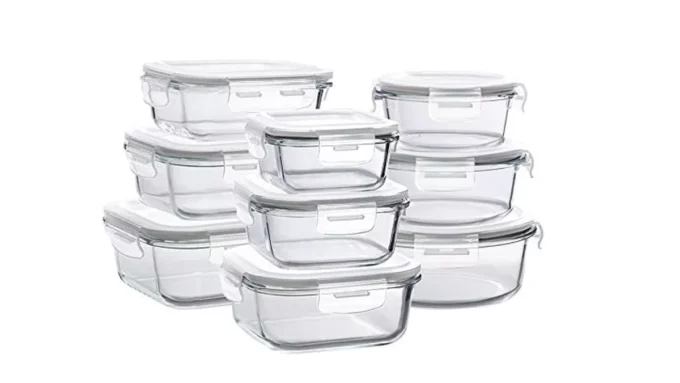
Source: cnet.com
You’ve probably heard this piece of advice countless times before, but it’s still worth repeating time and time again. Using reusable containers in your hiking trips will save you money in the long run and limit the waste you generate on the hike.
It can be something as easy as switching your plastic water bottle for a reusable tumbler. An added bonus is that many tumblers offer insulating properties, keeping your drinks as cold or hot as you like for some time.
Another way to reduce disposable packaging in your hiking pack is to do away with single-use plastic bags and start using reusable options.
Reusable bags can be plastic or cloth, so choose the one you have better access to. Ideally, the best ones are reusable bags that aren’t made of plastic and aren’t petroleum-based. But buying these can often be a bit of an upfront cost, so just start small where you can.
Invest in Quality Gear
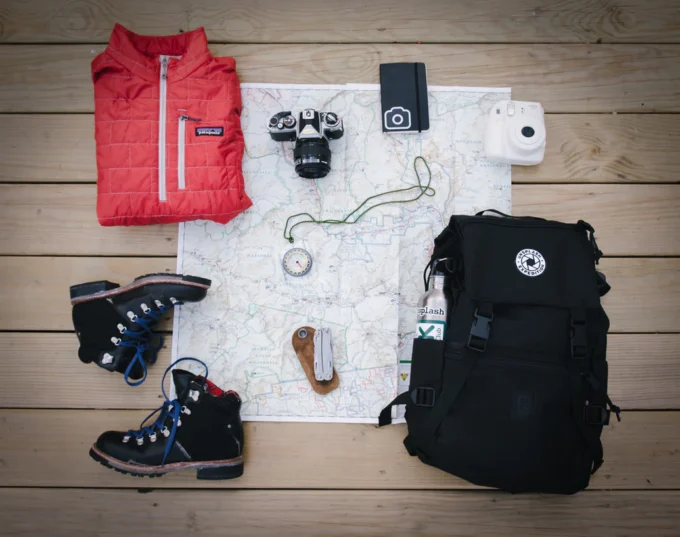
Source: unsplash.com
One of the best ways to minimize waste overall is to invest in quality gear. It’s a bit of an underrated aspect of sustainability, but it’s definitely something worth pursuing. Many digital learning platforms like Puratium actively advocate for sustainability, so there’s no shortage of information on where to start.
Think about it this way. Buying a piece of gear that costs a bit more upfront but will last you years is so much better than gear that you bought for cheap but barely lasts a couple of hikes.
It isn’t just the cost either. It’s also the waste that’s generated by buying so many inferior products that start to break apart after just a few uses.
Understandably, it is quite frustrating that sustainability often exacts such a high price. While it does save you money in the long run, not everyone can afford high-quality gear immediately and outright.
It Isn’t About Waste Disposal Alone
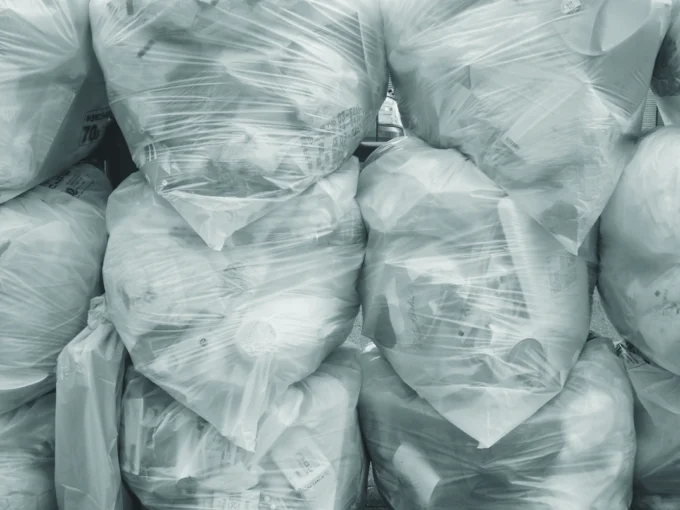
Source: unsplash.com
When going on hikes, it’s already pretty common knowledge to pack out anything you’re bringing to the area. That means trash too. Most advice on how to deal with trash on hikes just involves keeping it on your person until you can safely dispose of them.
But proper waste disposal, although very important, isn’t only the answer here.
We should also focus on actually reducing our waste and cutting it down to low levels. Even if you’re not actively participating in the low/zero waste movement, limiting your waste generation during hikes is a beneficial part of the activity.
Knowing this, though, it is still vital to ensure you dispose of your waste properly. When you get home, make sure to compost or recycle what waste you have generated. This could include anything from food scraps to your gas canisters.
Final Thoughts
So there you have it! Those are all pretty simple ways to minimize waste generation while enjoying the experience of a hike. Remember to start small and make little changes here and there.
When pursuing a low waste lifestyle, it can be overwhelming. One of the biggest mistakes people make is trying to change everything in one go. The truth is that that won’t work for most people.
It isn’t easy to replace all your routines and materials that quickly, and that’s perfectly okay!
Just take it one step at a time.

